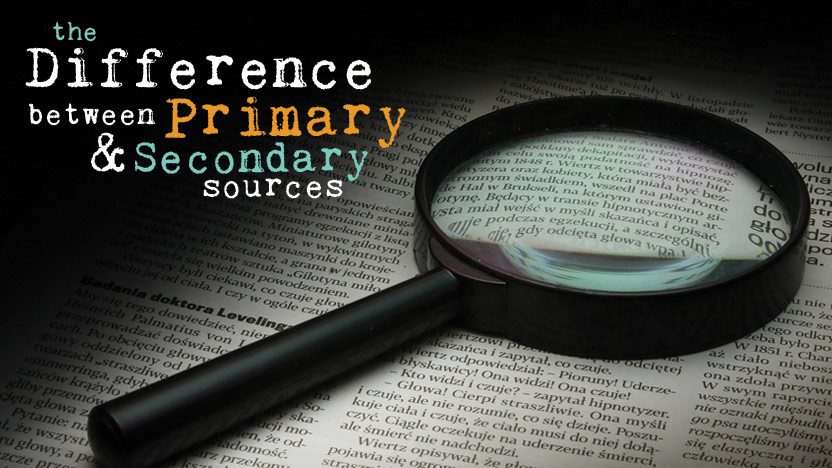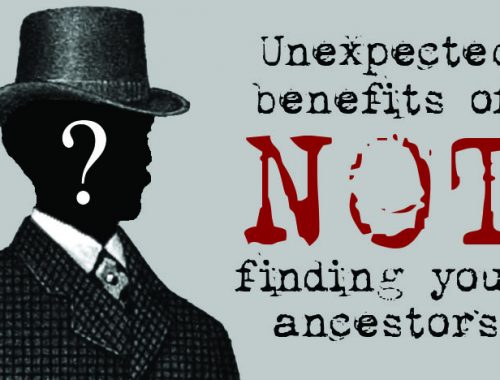When recording your family history, you’ll want the most accurate information available to you. After all, what you discover will sculpt your own history, as well as the history of those who use your research as a spring board to learn more about their own. Information is most accurate when it’s learned from a primary source, as opposed to a secondary or even tertiary source. To know the difference between primary and secondary sources, check the lists below.
Primary Source
The Santa Cruz University Library defines primary sources as “contemporary accounts of an event, written by someone who experienced or witnessed the event in question.” In other words these are original documents from people who were there, or about events recorded as they happened. Examples include:
- Diaries or journals
- Letters (including emails)
- Interviews (including audio and video recordings)
- Speeches
- Courthouse records (including deeds, will probates, birth or death records, baptism or marriage records.)
- State or federal census records
- Ship’s passenger lists
- Military records.
- Photographs
For more explanation about what facts each of these documents can provide for you, see the County Silgo Heritage and Genealogy Center website to help you increase the effectiveness of your research.
Secondary Source
The Santa Cruz Univeristy Library defines secondary sources as materials that “interpret, assign value to, conjecture upon, and draw conclusions about the events reported in primary sources.” These documents are a step away from the primary source. They keep record of, or evaluate primary sources. Examples include:
- Family histories
- Indexes or compilations of census or marriage records,
- Collections of cemetery inscriptions
- Biographical works;
- Textbooks
- Dictionaries, Encyclopedias
- Histories;
- Bibliographies
Secondary sources are useful tools to identify or locate a primary source by using their bibliographies or citation pages. Secondary sources are also useful to provide multiple points of view on the topic being researched.
For more examples of Primary and Secondary sources, view the websites of the US Gen Web Project and the University of Maryland.
Once you’ve found your history, be sure to record it with MyCanvas.com‘s free software, which includes custom family history templates.




